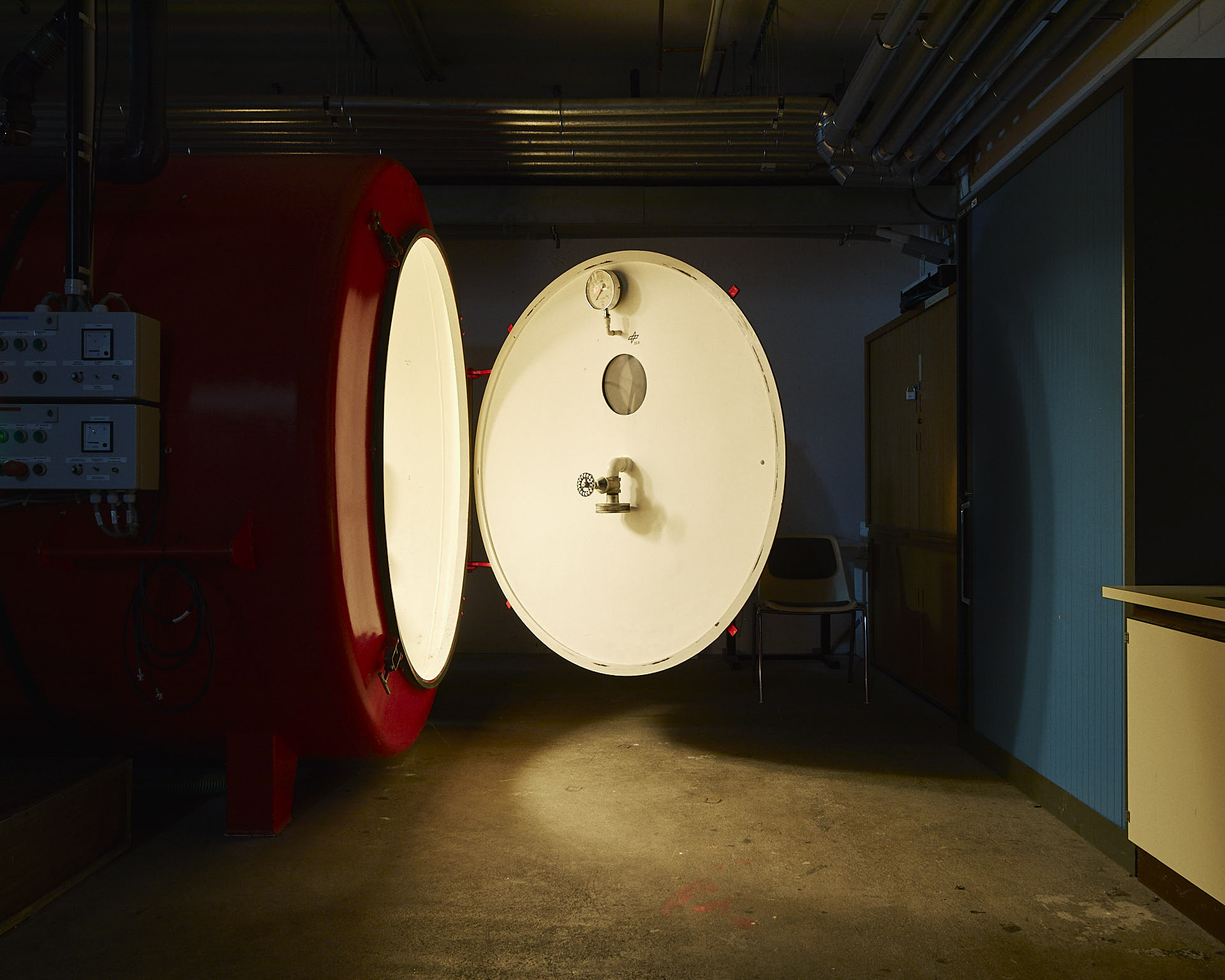
Architektur der Simulation 2019 – 2021
The quest for knowledge about the world determines our approach to science and the ongoing technologization of our actions. Knowledge not only determines our perception of reality, but also the desire for control and mastery of that which is actually beyond our influence. With an understanding of the world, however, comes the possibility of prediction. This makes it possible to counter the risks and imponderables of a possible future and to counteract the expected consequences. One tool that enables this view into the future is simulation.
In simulations, a mostly simplified reality is reproduced in order to investigate different questions and applications. With the help of these models, theoretical assumptions or known facts can be checked in order to gain knowledge and to apply it again to the original object. This makes experiments, investigations or tests possible, which are either too dangerous, too complex or too cost-intensive on the real system. But also phenomena of reality that cannot be observed directly, that are too complex or to which we do not have access due to size or distance can be researched.
The series documents a variety of locations, spaces and experimental environments from the fields of scientific research, aerospace, medicine, astrophysics, energy and environmental research. The images range from the impenetrability of highly complex technical facilities to the backdrops of staged realitys. The questions are what models do for gaining knowledge about reality, what is the relationship between model and represented reality and what necessities arise from dealing with imponderables.
Architektur der Simulation – Photobook (2021)
305x220mm / 112 pages / 47 color images / Swiss Brochure / Edition of 50 / Self-published / Texts in German / 38 € plus shipping
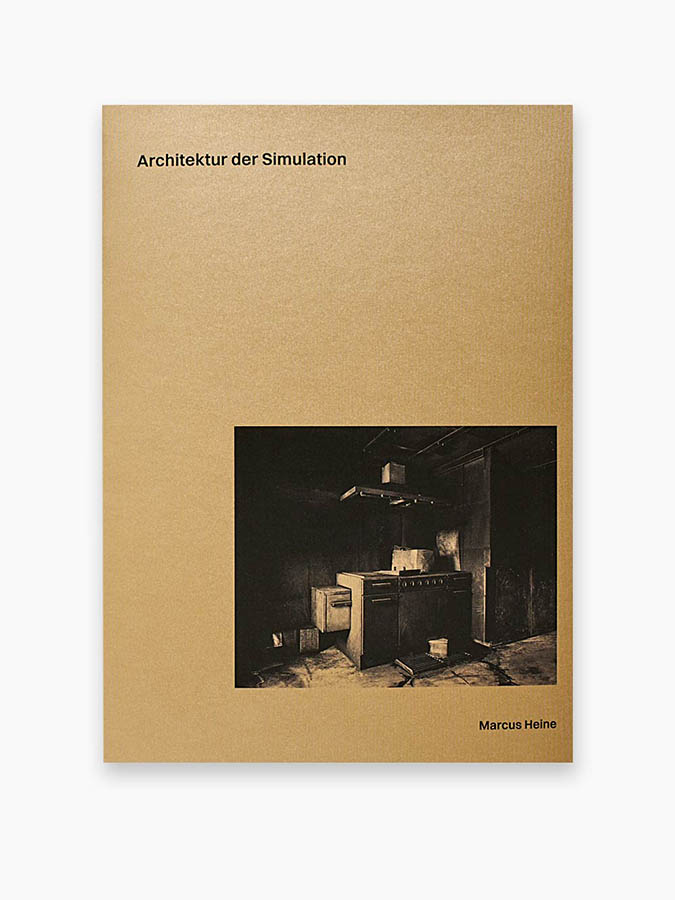
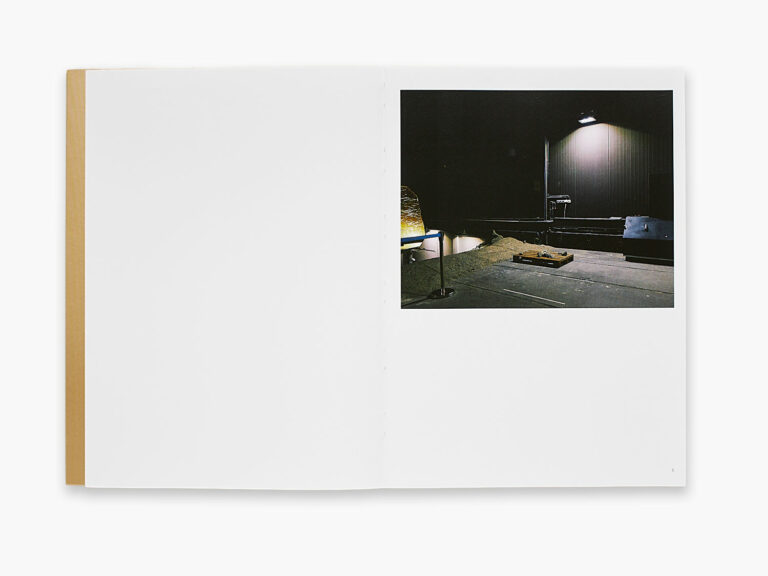
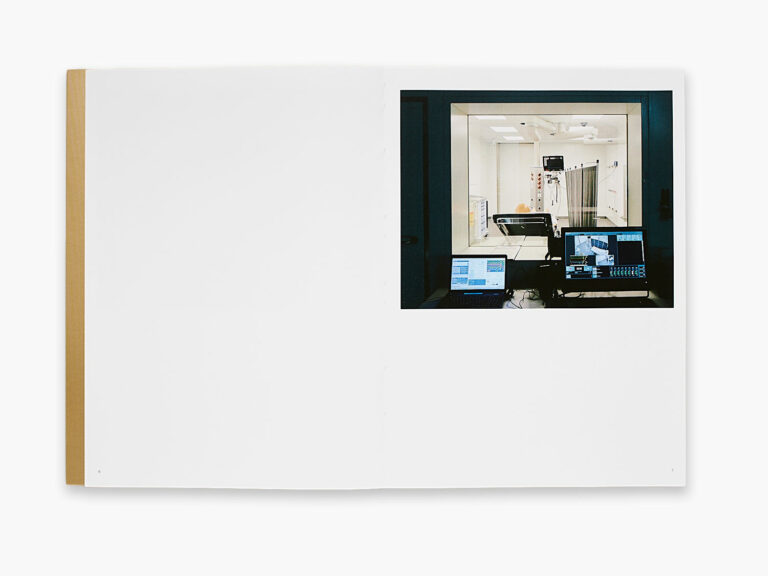
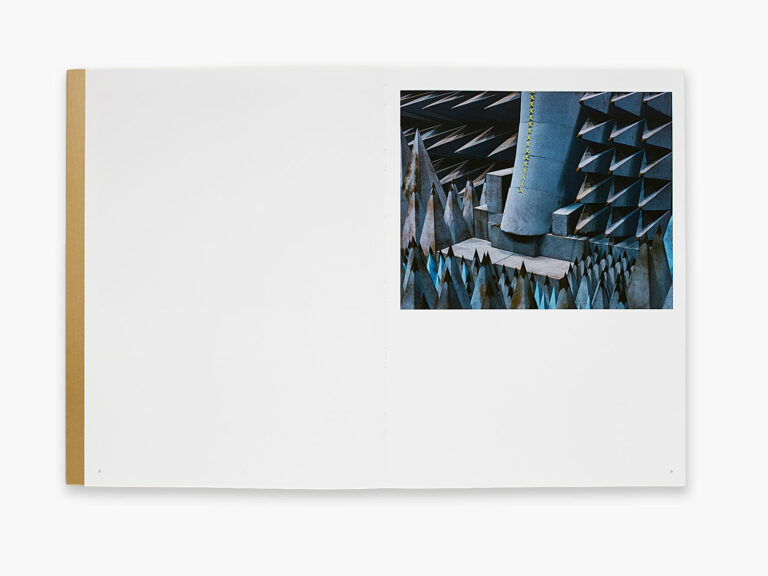
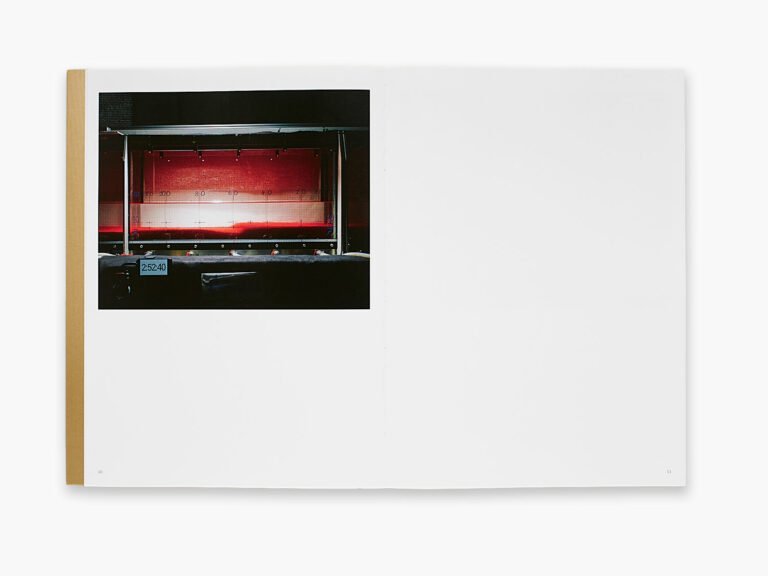

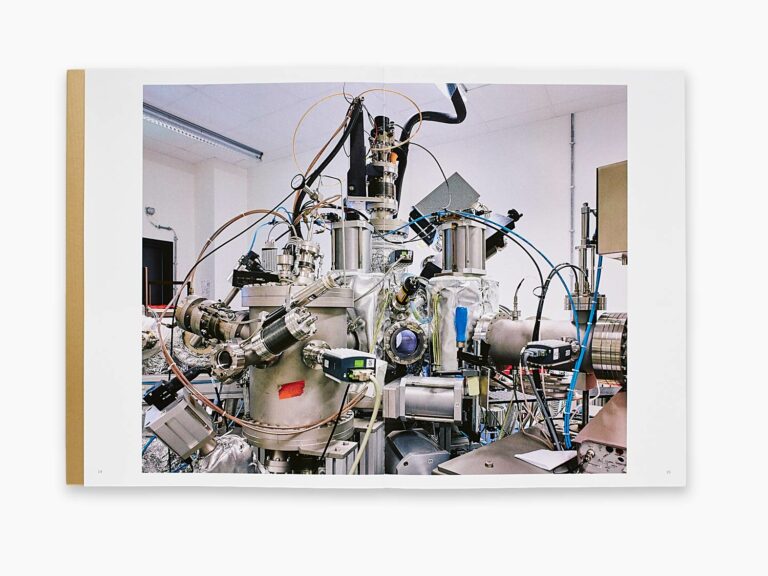
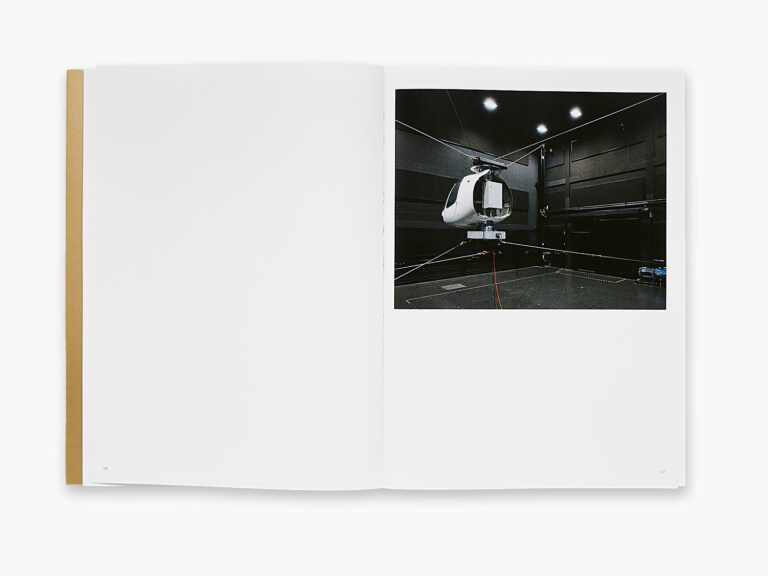
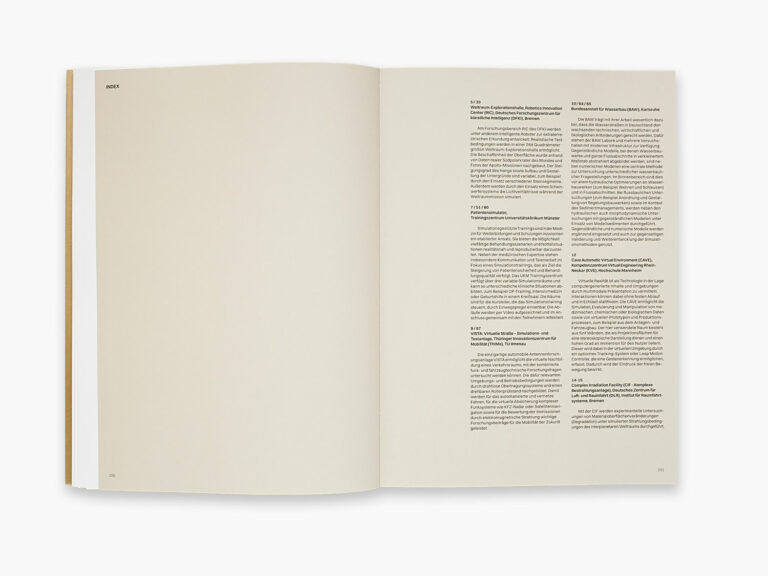
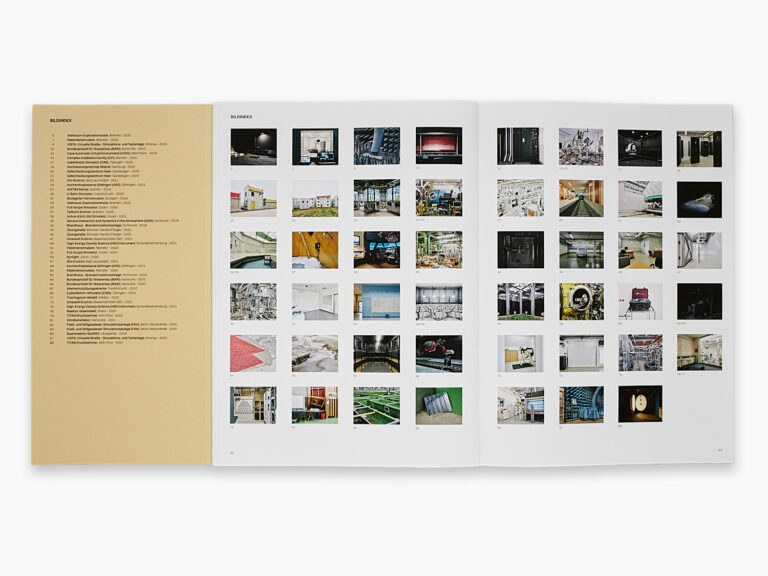
Click on ⓘ information to open captions below the images.
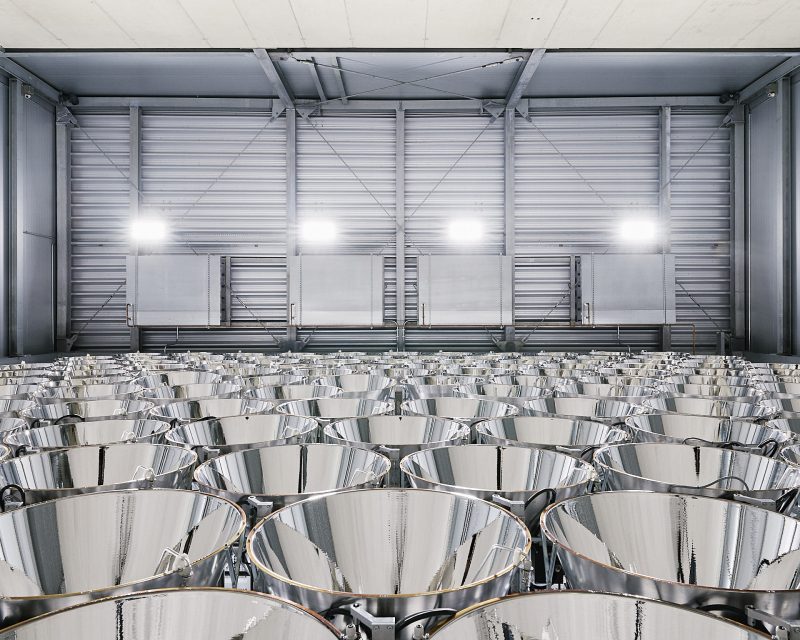
The large-scale research facility Synlight of the DLR Institute of Future Fuels represents the largest artificial sun in the world. The power of the 149 radiators generates a light intensity equivalent to 10.000 times the natural solar radiation on the Earth’s surface. The emitters can be directed at an area of 30 x 30 centimeters, generating temperatures of 3.000 degrees Celsius. The institute is using the facility to research the development of solar fuel manufacturing processes, such as the energy-intensive production of hydrogen. The facility can also be used to conduct aerospace material tests on real-size components.
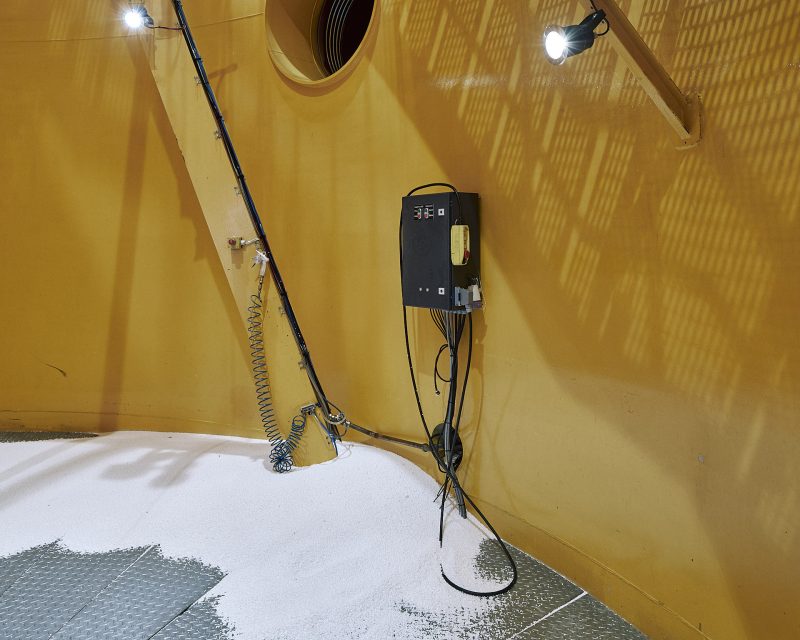
The Fallturm Bremen is a large-scale research facility of ZARM at the University of Bremen and enables experiments in short-term weightlessness on Earth. The laboratory thus represents a cost-effective and permanently available alternative to research in space. Inside the drop tower is a 120 meter long tube in which experiment capsules are exposed to free fall. In these capsules, the experiments are protected, among other things, from the vacuum that is present in the drop tube at the time of the experiment. With an ambient pressure of only one ten-thousandth of normal atmospheric pressure, the free fall of the experiment capsule is not slowed down by air resistance and thus achieves a much higher quality of weightlessness – of only one millionth of the Earth’s gravitational pull. However, the experiment capsule can not only be dropped, but with the help of the catapult system developed at ZARM, it can achieve twice the flight time: In a quarter of a second, the experiment capsule is accelerated to 170 kilometers per hour toward the top of the drop tower and is caught again after 9.3 seconds.
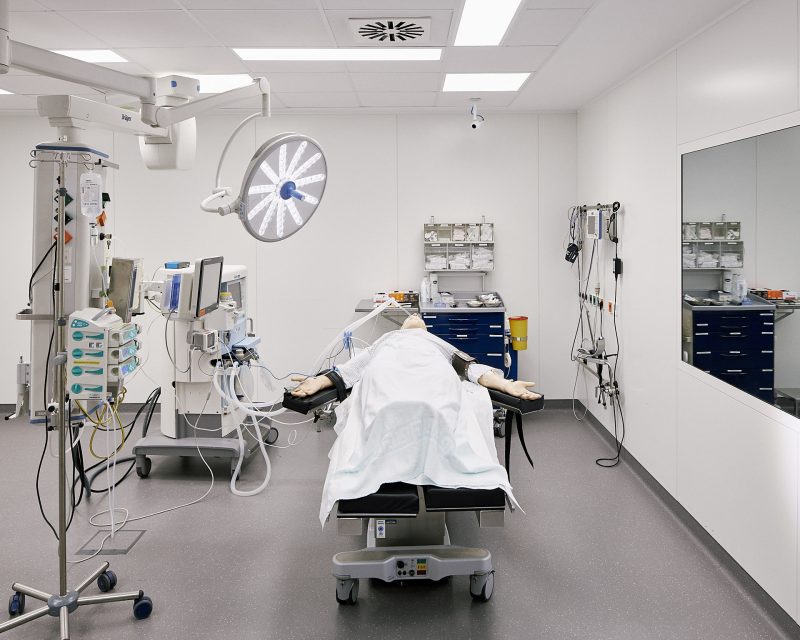
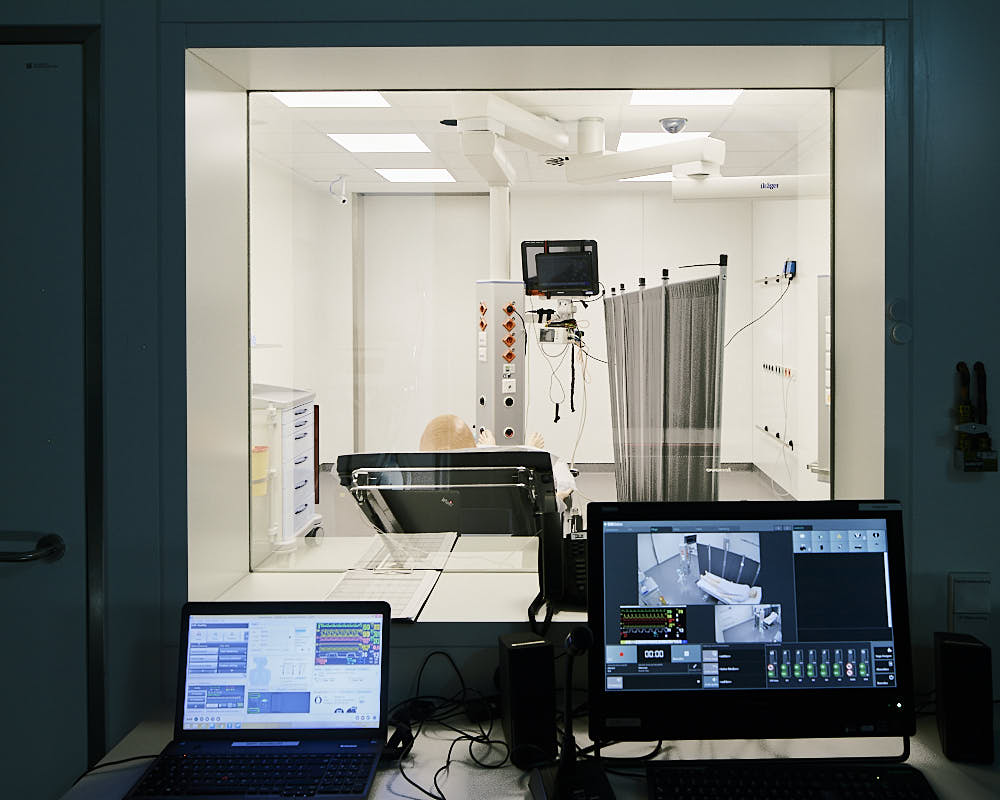
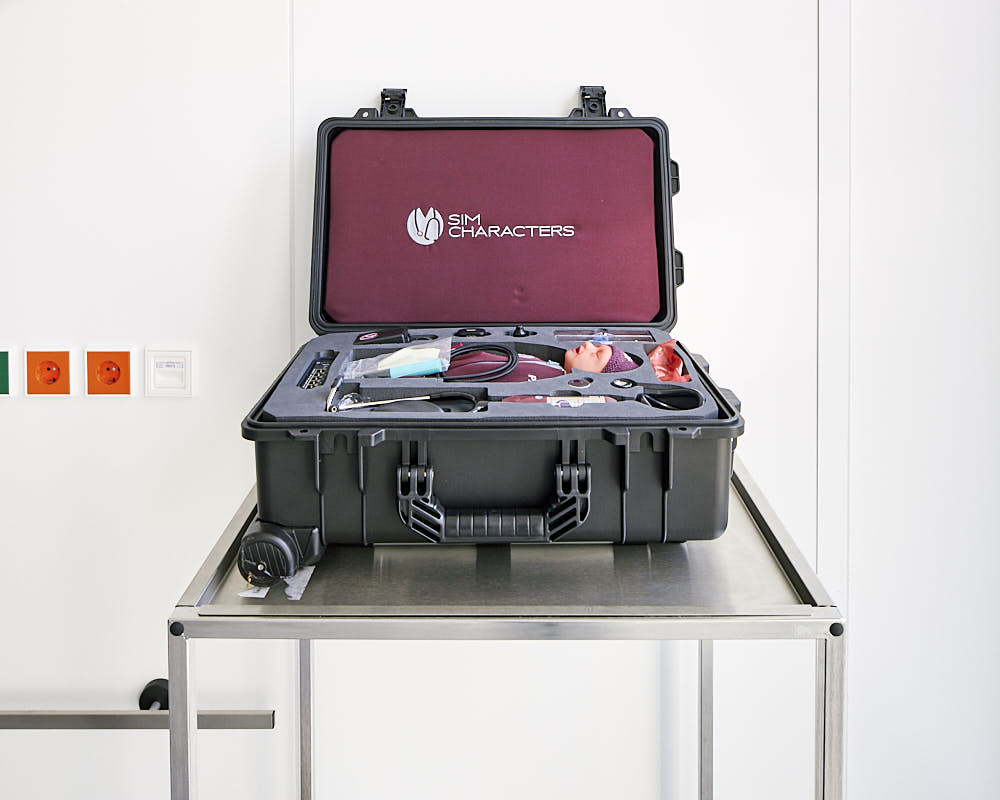
Simulation-based training has become an established approach in medicine for further education and training. They offer the possibility of presenting a wide range of treatment scenarios and emergency situations in a realistic and reproducible manner. In addition to medical expertise, simulation training focuses in particular on communication and teamwork, with the aim of increasing patient safety and treatment quality. The UKM Training Center has three variable simulation rooms and can thus depict different clinical situations – for example, operating room training, intensive care or obstetrics in a delivery room. The rooms can be viewed by the course instructors, who control the simulation training, through one-way mirrors. The procedures are recorded on video and then reflected on together with the participants.
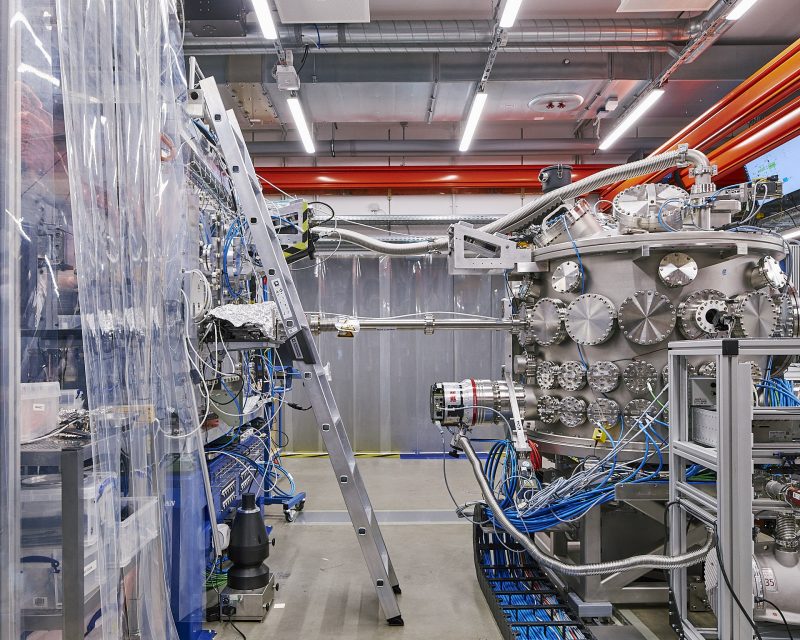
The HED experimental station is used to study matter under extreme pressure and temperature conditions or very strong electromagnetic fields. Scientific applications include the study of states as they exist inside astrophysical objects such as exoplanets, phase states under extreme pressure, high-density plasmas or phase transitions of complex solids under the influence of strong magnetic fields. These conditions can be simulated at the experimental station. The difficulty is that the extreme states with high temperature, pressure or density cannot be maintained for a long time, but can only be generated for very short periods of time of pico- and femtoseconds (trillionths and quadrillionths of a second) and can therefore not be studied, for example, with conventional synchrotron light sources, whose temporal resolution only extends to the range of just under a microsecond (millionth of a second). In addition, due to the high frequency of the X-ray light flashes, considerably more data can be recorded in a shorter time than with comparable facilities. The experiments can be used, for example, to improve models of planet formation and drive innovations in materials research.
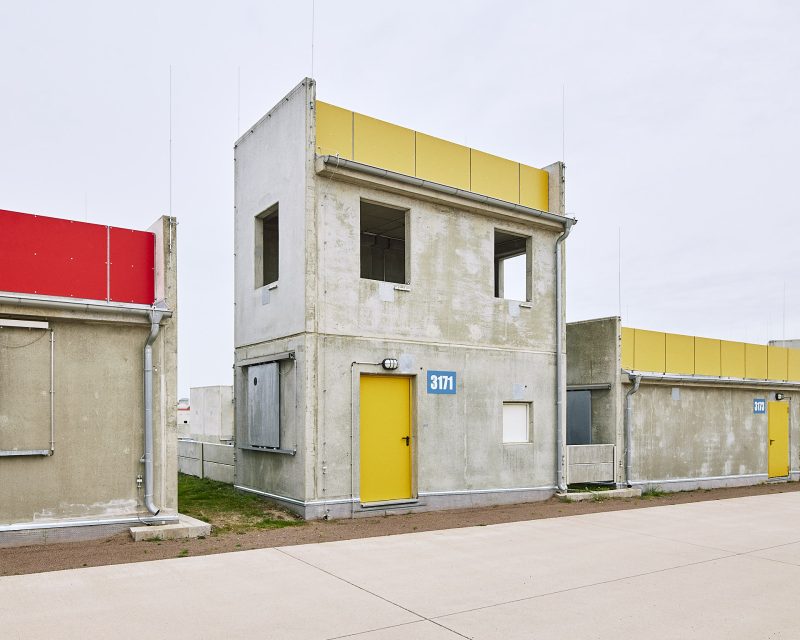
The Army Combat Training Center is the most modern training facility for armed forces in Europe and is located near Magdeburg. In the northern part of the 24.000-hectare training area, the „Schnöggersburg“ training city was built from 2012 as an infrastructural training and exercise facility for the Bundeswehr’s urban and domestic combat. It replicates an urban agglomeration and includes, among other things, diverse residential buildings, a commercial area, a sacred building and cemetery, a school, a prison, a highway section, an artificial river with several bridges, and a subway station including a tunnel. With more than 550 buildings and an area of 2.5 x 2.5 kilometers, it is the largest installation of its kind in Europe. Battles are realized with a laser-based simulation system, controlled by central system technology with digital situation images and video recordings and recorded for the evaluation of the exercises. In addition to Bundeswehr units, friendly forces from other nations also train in the training city.
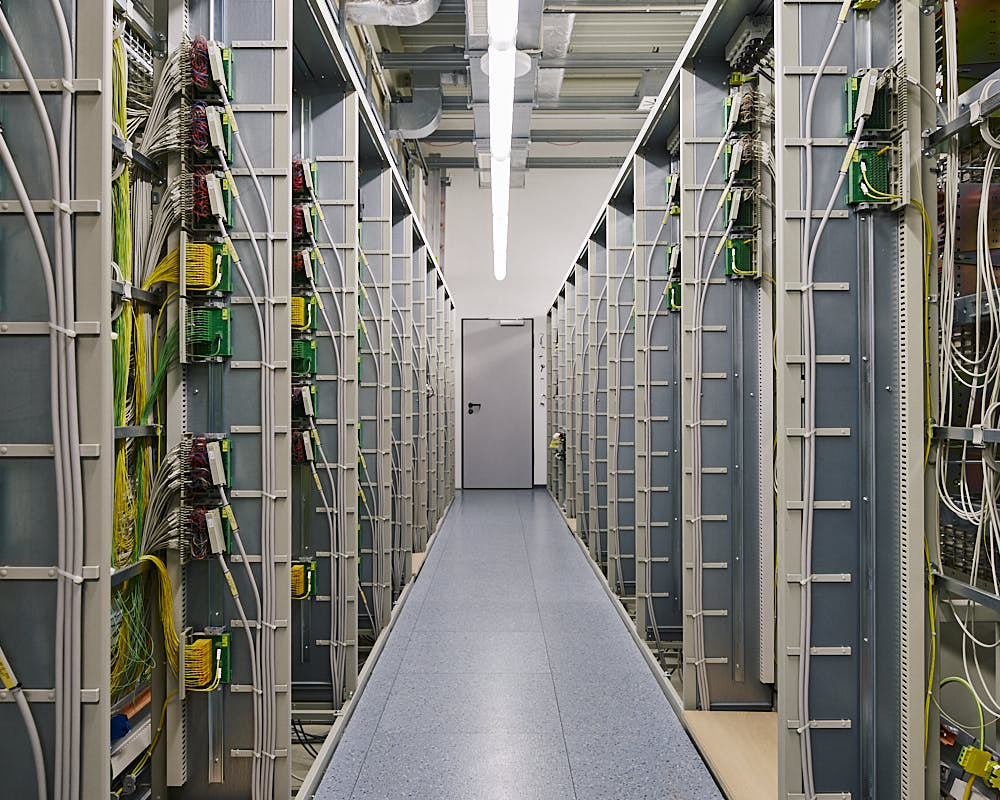
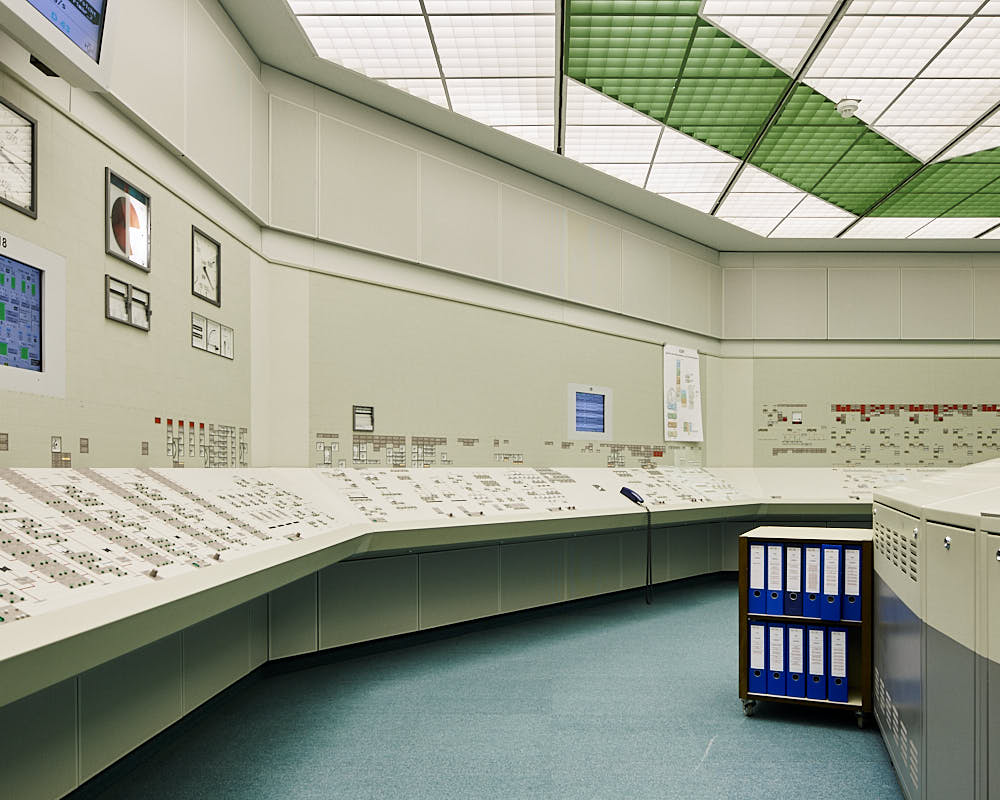
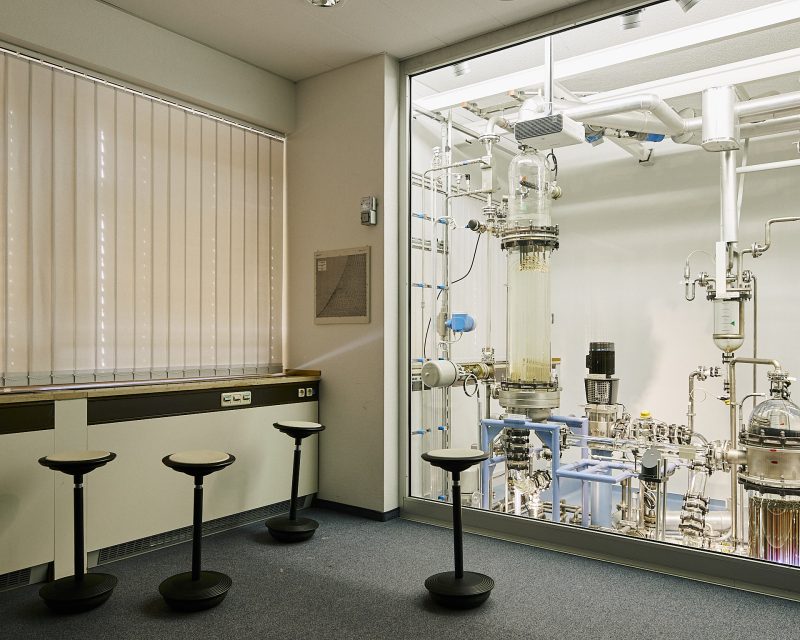
The KSG/GfS simulator center operates full-scope simulators that are almost identical images of the control rooms of their reference power plants. They are used to carry out the prescribed annual training of the responsible operating personnel of a Dutch and all German nuclear power plants. Part of the simulator training is the technical training of the normal operation of the plants, operational disturbances or incidents, but also behavioral standards, such as the work behavior of the individual or the communication in the team. Due to the small number of events in nuclear power plants, rare and stressful situations must therefore be trained regularly so that mastery of the situation becomes routine for the operating personnel and the nuclear power plants are always operated safely. The simulator center also has a glass reactor model that is unique in the world. A pressurized water reactor on a scale of 1:10 can be used to demonstrate the operational modes, malfunctions and accidents as well as complex thermal-hydraulic effects in a nuclear power plant with a light water reactor.
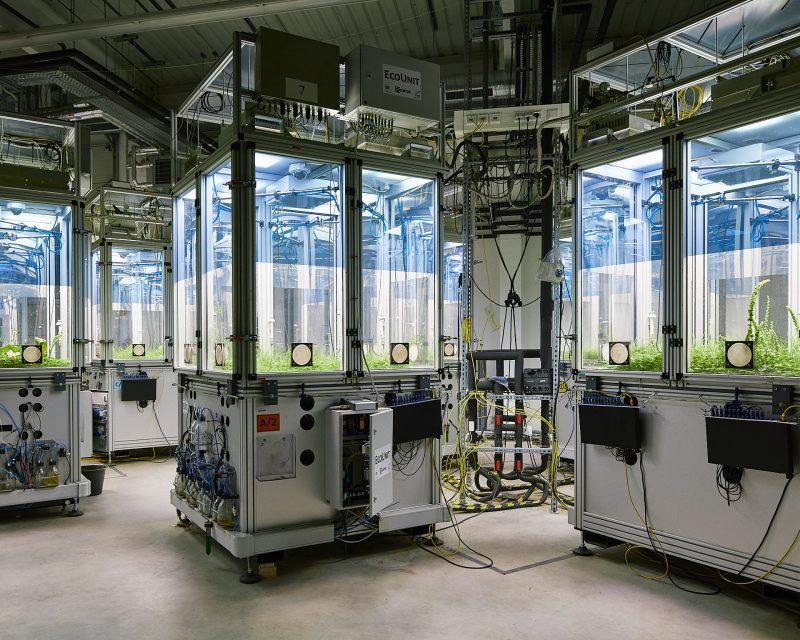
The research platform of the German Center for Integrative Biodiversity Research (iDiv) comprises 24 so-called „EcoUnits“, in which environmental conditions such as air and soil temperature, nutrient availability, precipitation or light can be controlled. One focus of the research is multitrophic diversity in above- and below-ground food webs and its importance for ecosystem functions. In the „ExoLux Experiment“ in 2020, the influence of nocturnal light pollution on aboveground and belowground soil inhabitants and plants was investigated.
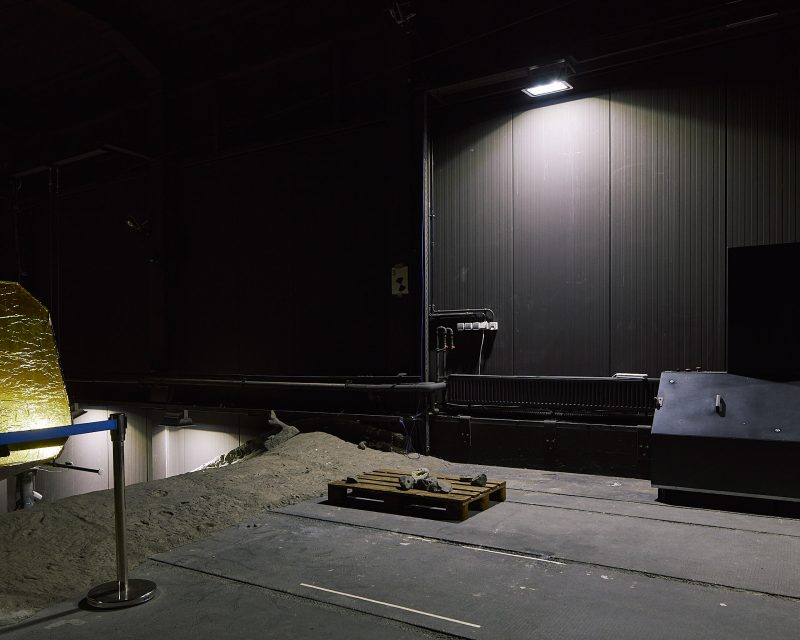
Intelligent robots for extraterrestrial exploration are being developed at DFKI’s RIC research unit. Realistic test conditions are made possible in a 288 square meter space exploration hall. The texture of the surface was recreated using data from real south polar craters on the moon and photos from the Apollo missions. The gradient of the slope as well as the structure and design of the subsoil are variable – for example by using different stone segments. In addition, the use of a spotlight system simulates the lighting conditions during the space mission.
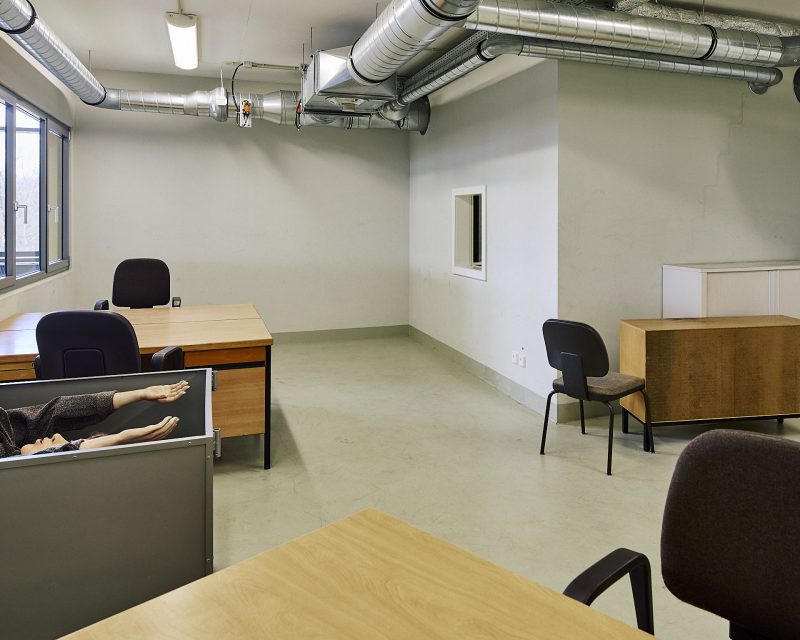
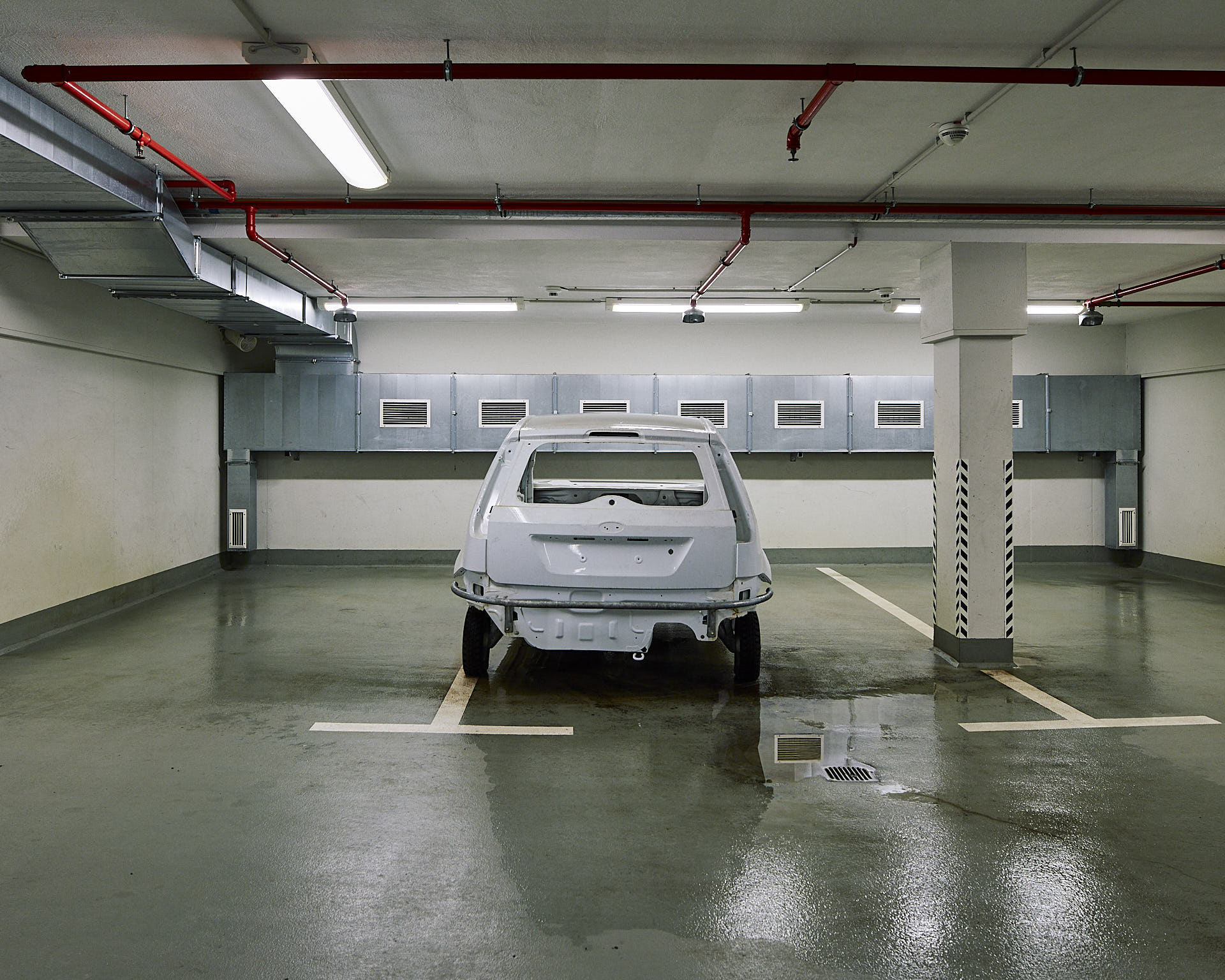
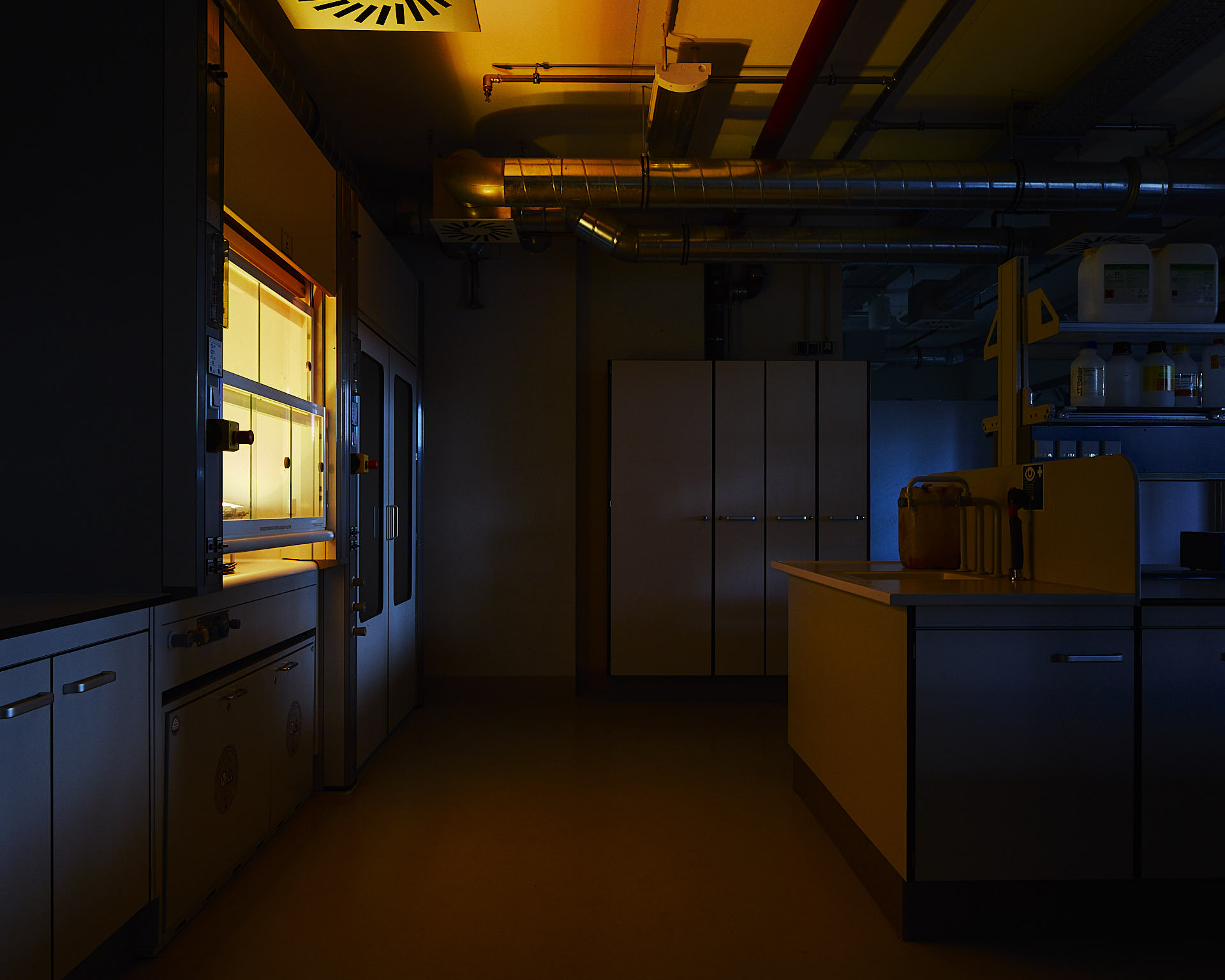
For training that is as close to reality as possible, the 7050-square-meter and 30-meter-high training hall includes a number of buildings of different types, heights and assumed uses: single- and multi-family dwellings, a high-rise building with a safety stairwell and fire department elevator, a laboratory area with various safety levels, a hospital corridor with bed rooms, an office wing, a high-bay warehouse, a filling station for chemicals, a motor vehicle workshop and an underground parking garage. The central component is the computer-controlled simulation technology, by means of which figures placed at windows and other locations to represent people in distress, non-polluting smoke as well as light and sound effects can be controlled according to the situation. All functioning and modifiable fire protection systems and equipment can also be controlled. Due to the extensive possibilities of realistic mission design, the degree of difficulty can be adapted to the objective of the respective training.
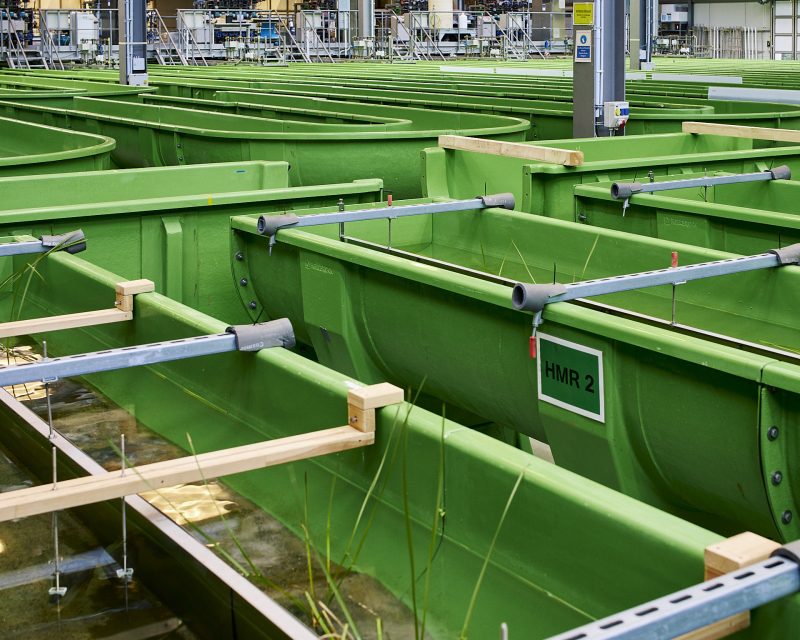
The FSA is an experimental facility that allows investigations to be conducted under realistic and, at the same time, controlled conditions in a laboratory-like manner. The facility has several kilometers of pipe networks and flow channels, as well as numerous ponds. This makes it possible to simulate the living conditions in stagnant, flowing and flowing bodies of water such as ponds, lakes, streams and rivers, as well as the communities of aquatic flora and fauna that can be found in them. For example, the effects of substances introduced into the environment, such as pharmaceuticals, hormonally active substances, cleaning agents, pesticides or the long-term behavior of plastics in water, are investigated.
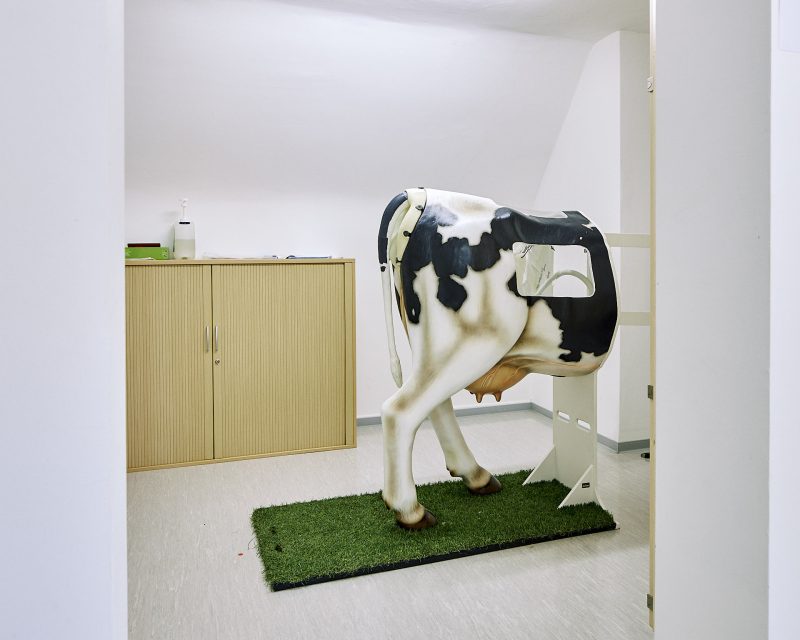
„Clinical Skills Labs“ are used as teaching and practice facilities in the study of veterinary medicine. Models and simulators can be used to learn the skills of veterinary practice in a standardized manner. The use of simulators is an important alternative for the use of live animals in the clinical semesters of the study, which has to be registered as an animal experiment within the framework of animal protection since 2013. Already from the first semesters, students can acquire the necessary veterinary skills with the help of simulation training, so that the stress for the animals can be reduced to a necessary minimum when teaching on live animals.
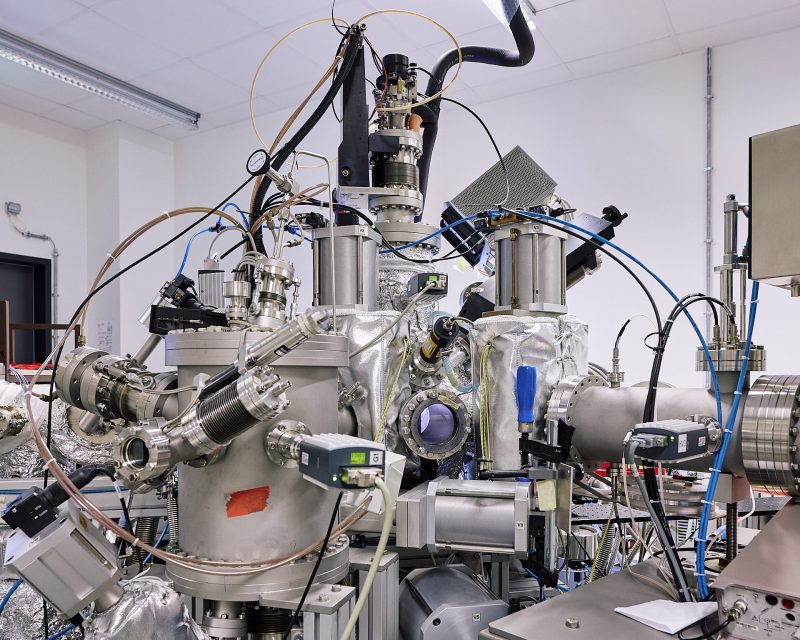
With the CIF, experimental investigations of material surface changes (degradation) are carried out under simulated radiation conditions of interplanetary space. For this purpose, a sample is irradiated separately or simultaneously in ultra-high vacuum with electromagnetic radiation (simulated by three light sources) as well as with protons and electrons. A very small penetration depth of a few micrometers is made possible in order to be able to investigate the main degradation effects on the sample surface. The investigated thermo-optical properties of the material surfaces play a key role in the thermal design of satellite components and in the membrane design of solar sails.
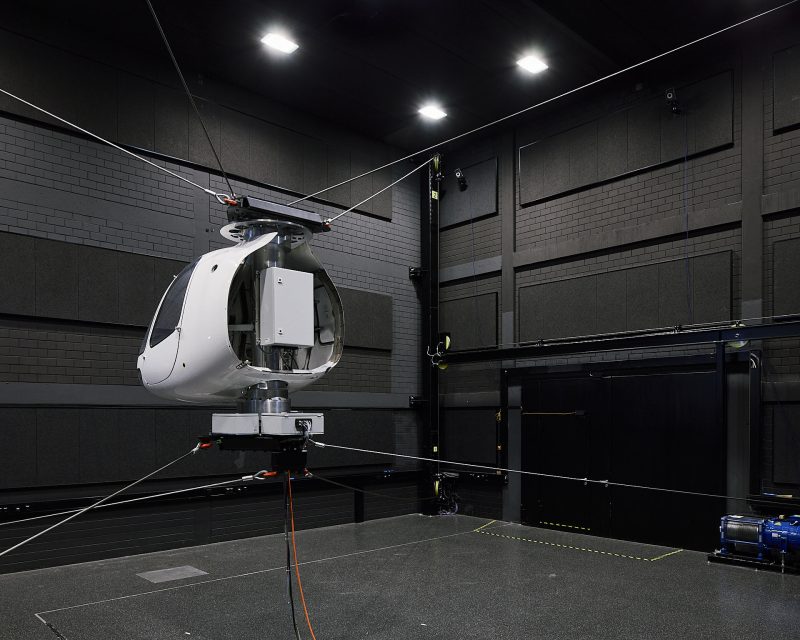
With the Cyberneum, the MPI for Biological Cybernetics operates a research center where human perception and cognition processes during walking, driving and flying are investigated. The department „Perception, Cognition and Action“ focuses on how the human brain processes multisensory stimuli. The experiments use the CMS and CRS motion simulators, which are dynamic platforms that can simulate different motion profiles. They provide maximum control over visual, auditory, and vestibular acceleration stimuli and enable the simulation of complex motion scenarios to explore the relationships between actual and perceived motion. In addition to basic research, the knowledge gained in these experiments will be used in the development of more efficient simulation technologies in transportation and aviation, and will help in researching the causes of motion sickness or balance disorders.

The DKRZ operates the High Performance Computing System for Earth System Research (HLRE-3) „Mistral“ as a subject-specific computing center. Here, scientists from German institutes can study the climate with computational models. Simulations of climate processes require very high computing power, partly due to the complexity of the coupled models. In addition to the processes and interactions in the atmosphere and oceans, the land biosphere and ocean biogeochemistry are also simulated. The more accurate the data needs to be calculated, the greater the spatial and temporal resolution of the simulation is required. To model slow processes, such as the melting of an ice sheet, many thousands of years must be simulated with Earth system models. Also for statistical evaluations, e.g. to distinguish systematic changes from natural fluctuations, the simulation of many model years is necessary. The German contributions to the IPCC Assessment Reports are regularly calculated on DKRZ’s supercomputers.
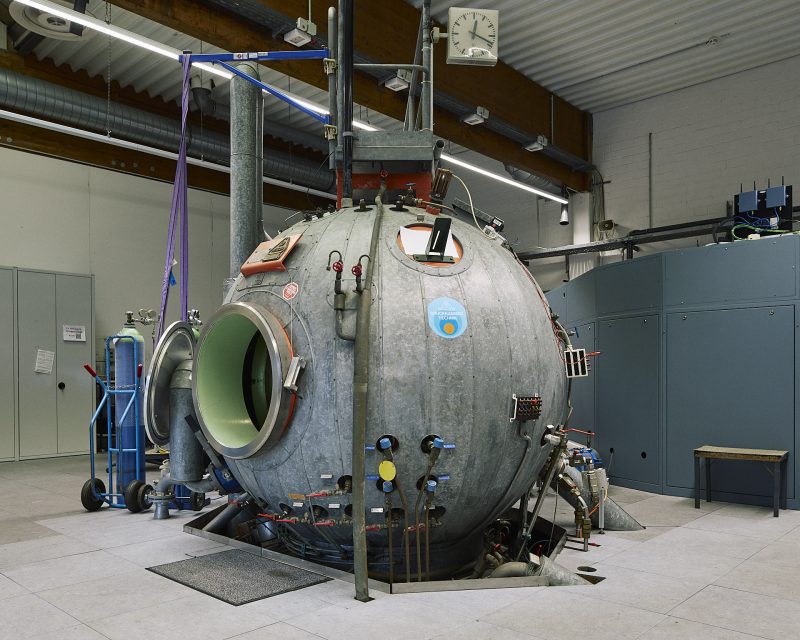

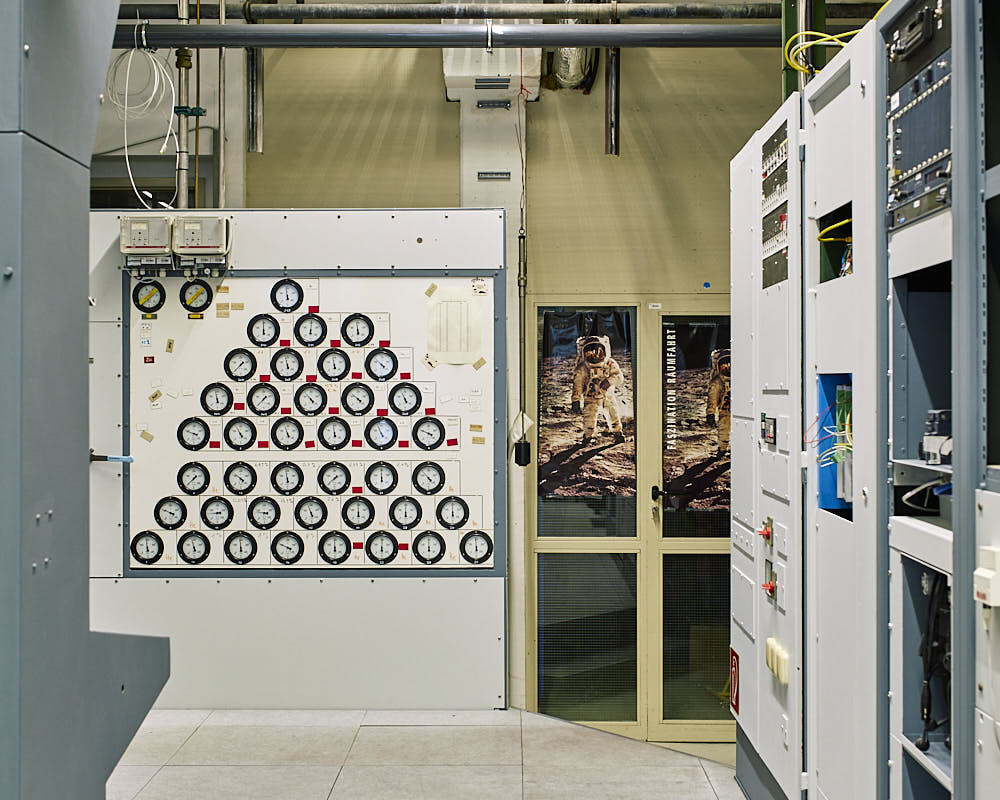
In the TITAN pressure chamber of the Baromedical Laboratory, the effects of different atmospheric conditions on humans are researched. In a closed circuit, both the pressure and the gas composition can be changed in a targeted manner. This allows a realistic simulation of the stresses during stays in air and space vehicles or during mountaineering. Furthermore, very fast pressure jumps can be precisely reproduced in the facility. This allows special stressors in everyday situations, for example the pressure changes during tunnel travel of high-speed trains, to be investigated.

Fire simulation facilities are used to train firefighters to deal with the physical and psychological stresses during an operation under realistic conditions. Fire houses, which usually replicate different types of buildings and fire courses, enable the simulation of specific operational situations and emergencies. Behavior and deployment tactics, the use of respiratory protection equipment or the demonstration of a „flashover“ can be carried out in a controlled manner. Fire houses are usually operated by fire training centers because of the high costs involved.